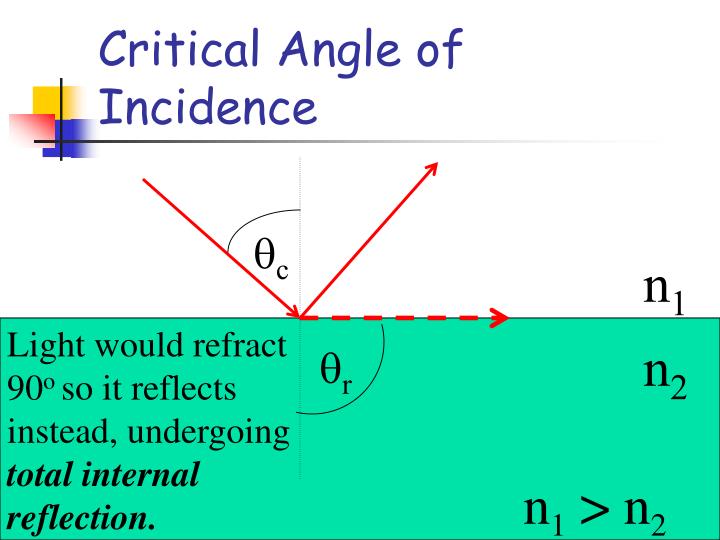

The angle of incidence can be calculated by using Snell's Law. The speed of light is slowed inside the denser medium, but there is no resistance to the speed of light from any rarer medium. Denser mediums include glass, diamonds, and kerosene. The medium has a significant influence on the angle of incidence and refraction.Īir or any other type of gas is an example of a rarer medium. When compared to the speed of light in the denser medium, the rarer medium has a faster speed. The first is a more scarce medium, whereas the second is a denser medium. The ray of light makes contact with two different mediums. The angle of incident ray and angle of refracted ray Sunlight with a 90° incidence angle is absorbed, while light with a lower angle is reflected.
ANGLE OF INCIDENCE EQUALS ANGLE OF REFLECTION PDF
The importance of this concept in Doppler studies is outlined in Chapter 7: Doppler on pages 233-234 and 251-253.Check out : pdf notes of Ray Optics and Optical Instruments Introduced in Chapter 3: Attenuation on pages 44-46, its practical applications are specifically outlined in Chapter 8: Artifacts during discussions on catagorizing artifacts (pages 275-281). This subject matter is discussed more thoroughly in Frank Miele’s Ultrasound Physics and Instrumentation. 3.16 draw ray diagrams to illustrate reflection and refraction 3.18 know and use the relationship between refractive index, angle of incidence and angle of 3. In this short video, angle incidence is explained and illustrated through animation … and as always, we discuss why it matters in your daily clinical experience. Reflecting surface and wavefront … wave direction and line normal … these are the foundational concepts from which incident angle is derived.


This equality is known as the law of reflection. Even though most people feel pretty comfortable around a pool table, introducing geometric terminology and applying this to ultrasound sometimes causes confusion. This is due to the fundamental law of reflection of light-angle of incidence on a reflecting surface equals the angle of reflection. When light is reflected from a surface, the angle of incidence is always equal to the angle of reflection, where both angles are measured from the path of the light to the normal to the surface at the point at which light strikes the surface. Because of this angle dependence, it is important to have an intuitive visualization of incident angles when scanning in ultrasound.Īnyone who has played pool comes to quickly understand specular reflection and angle dependence, employing the fact that the angle of incidence equals the angle of reflection. Specular reflection is highly angle-dependent.

The primary cause of most imaging artifacts is specular reflection.


 0 kommentar(er)
0 kommentar(er)
